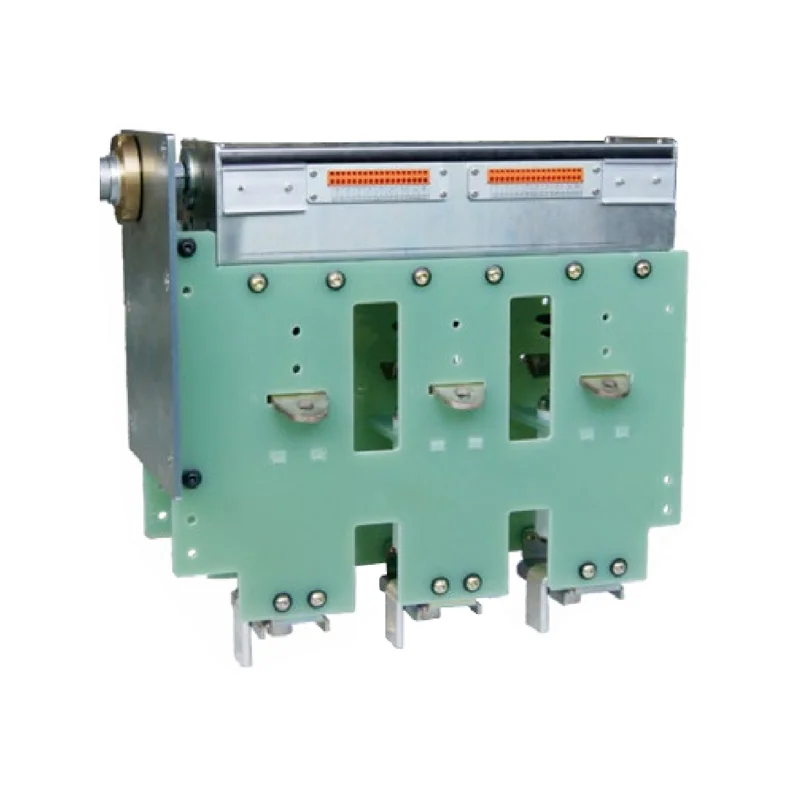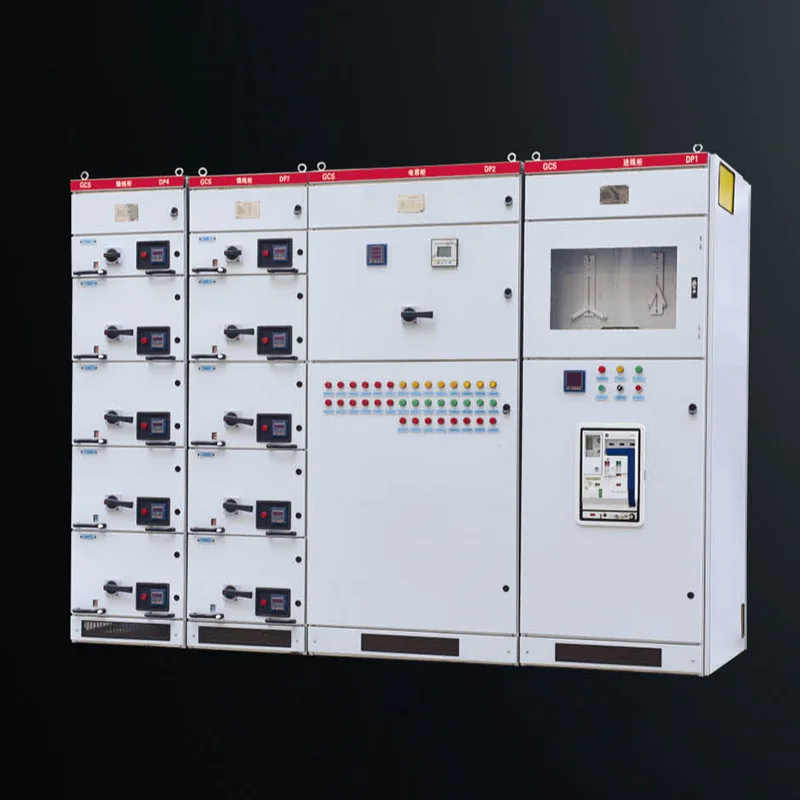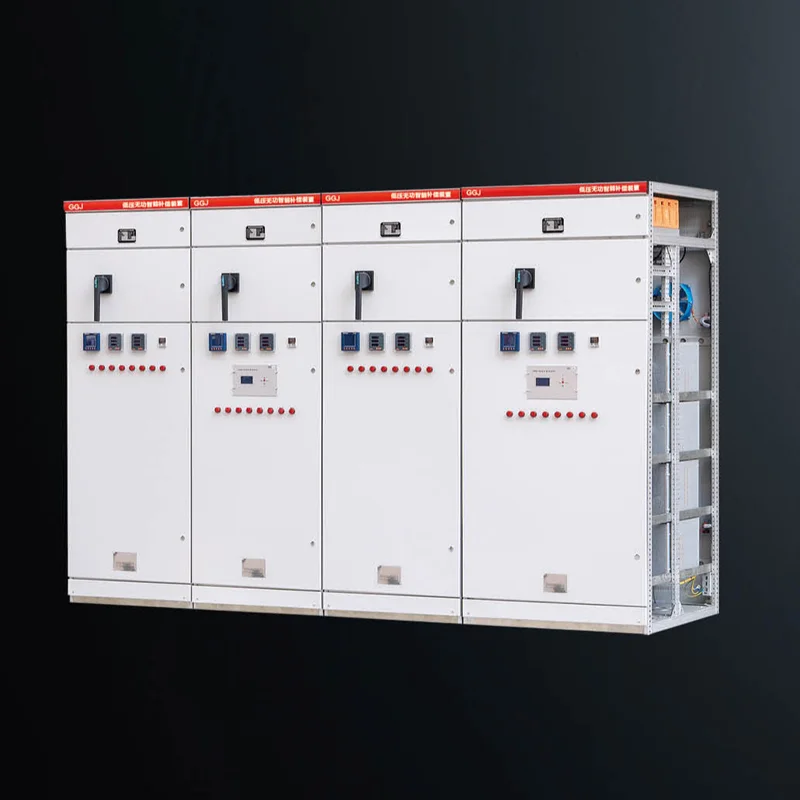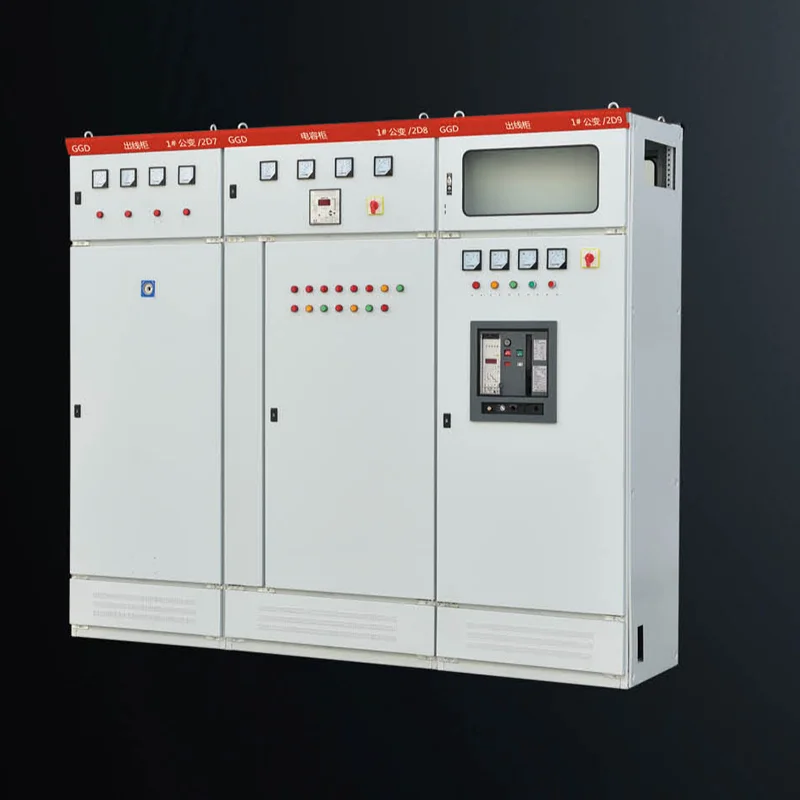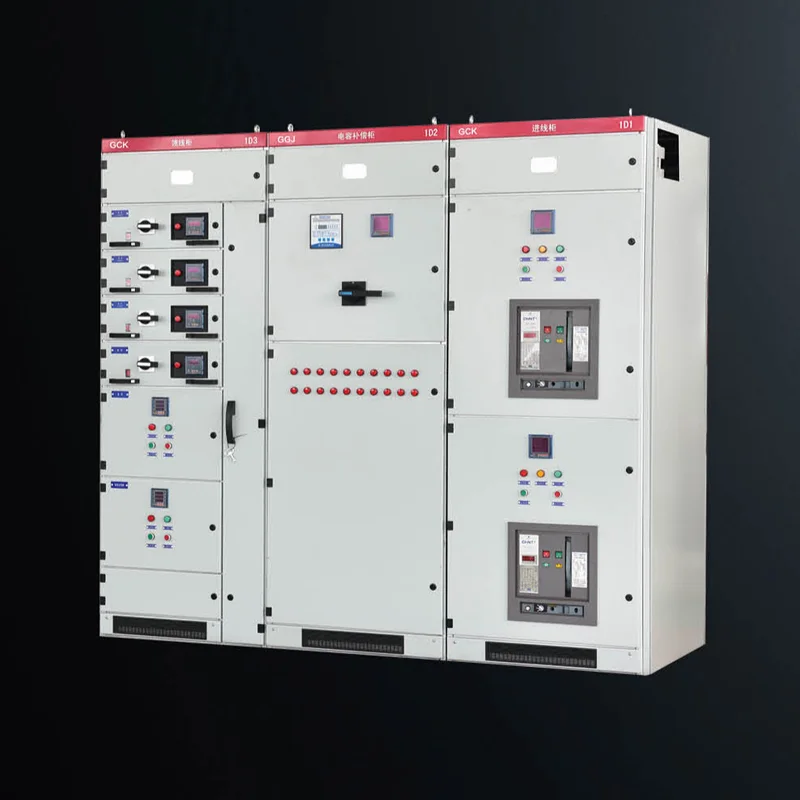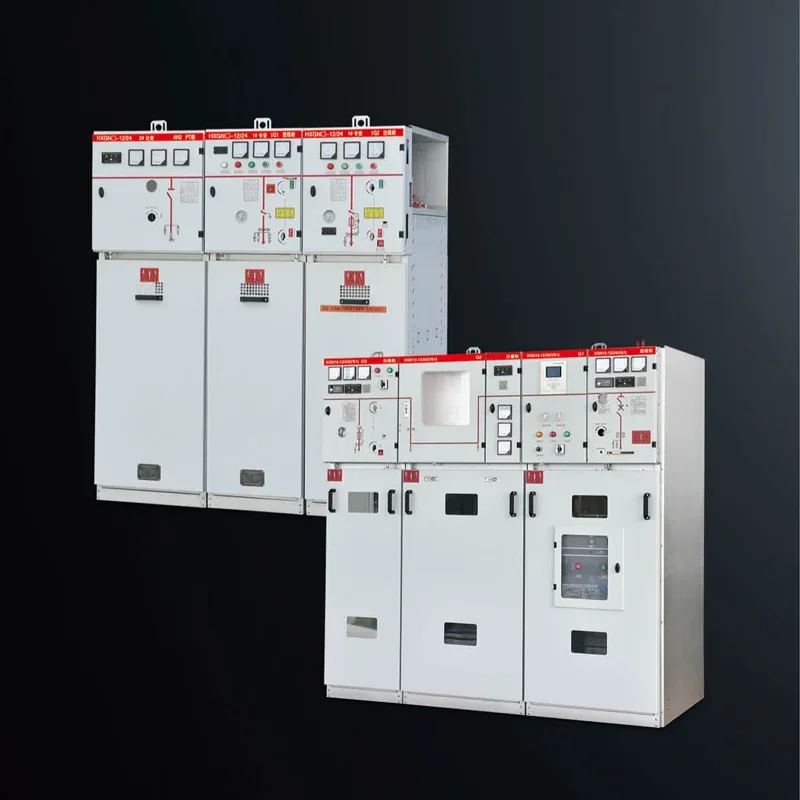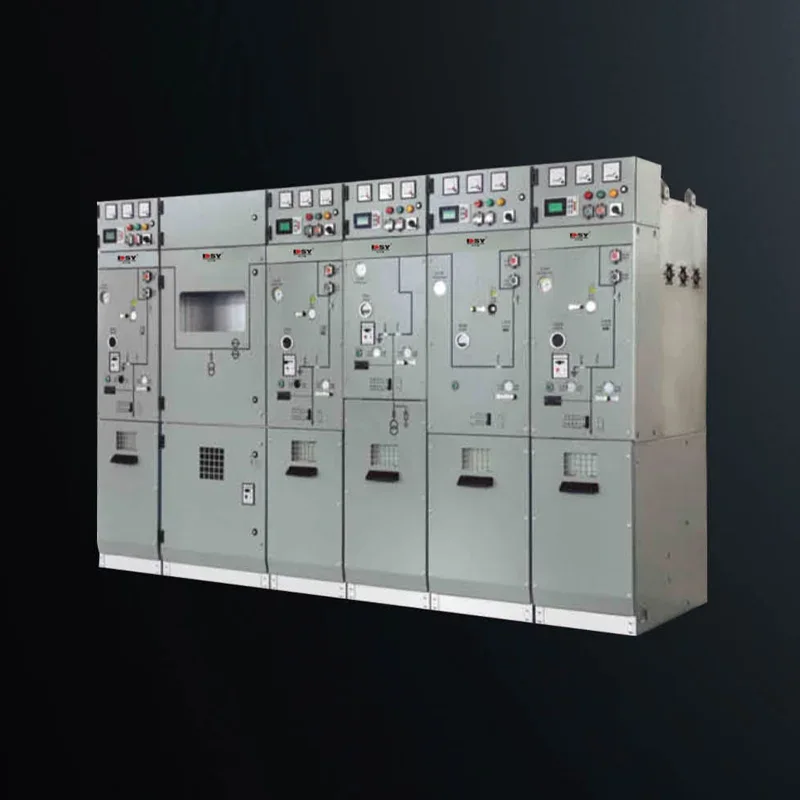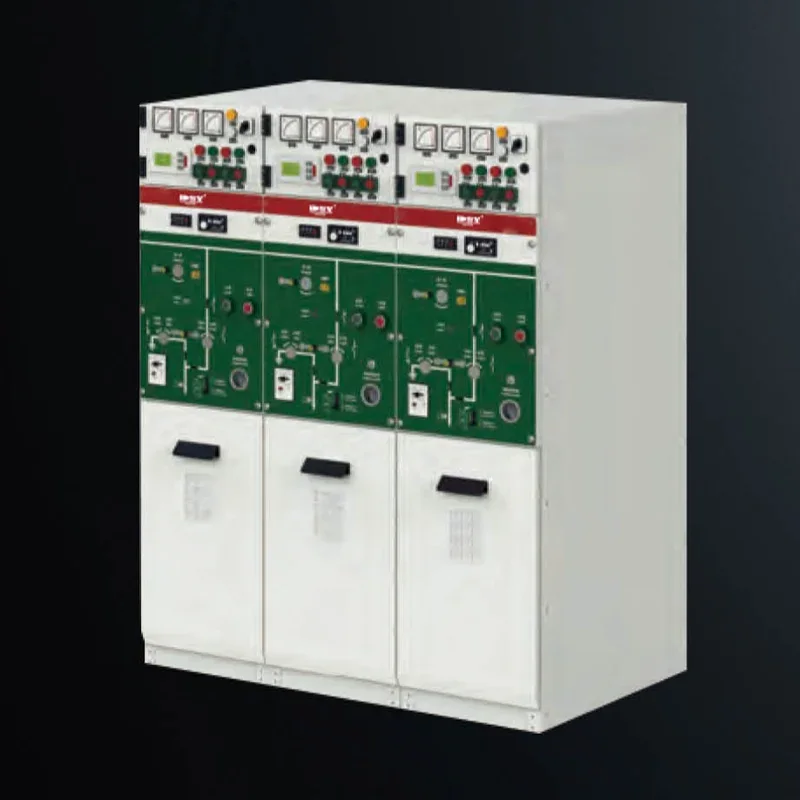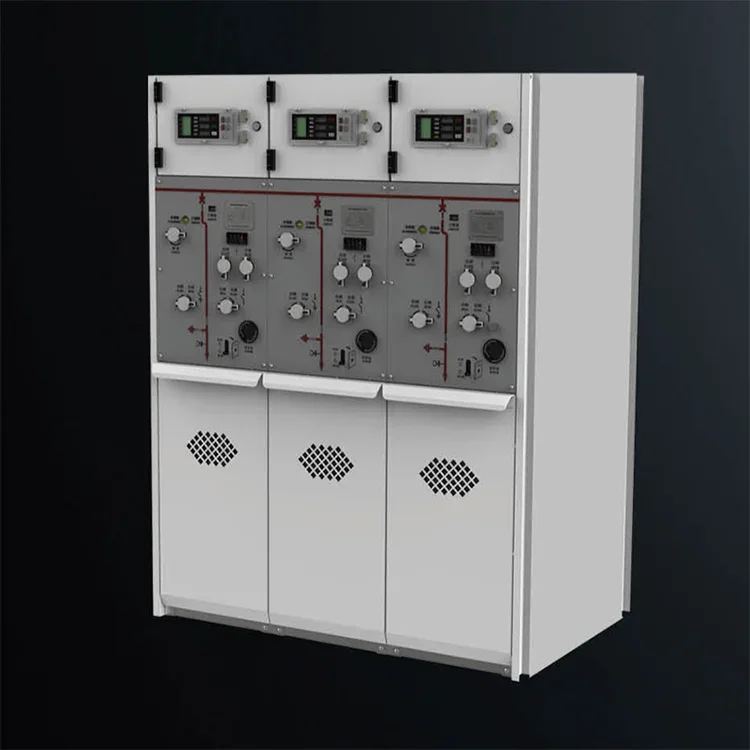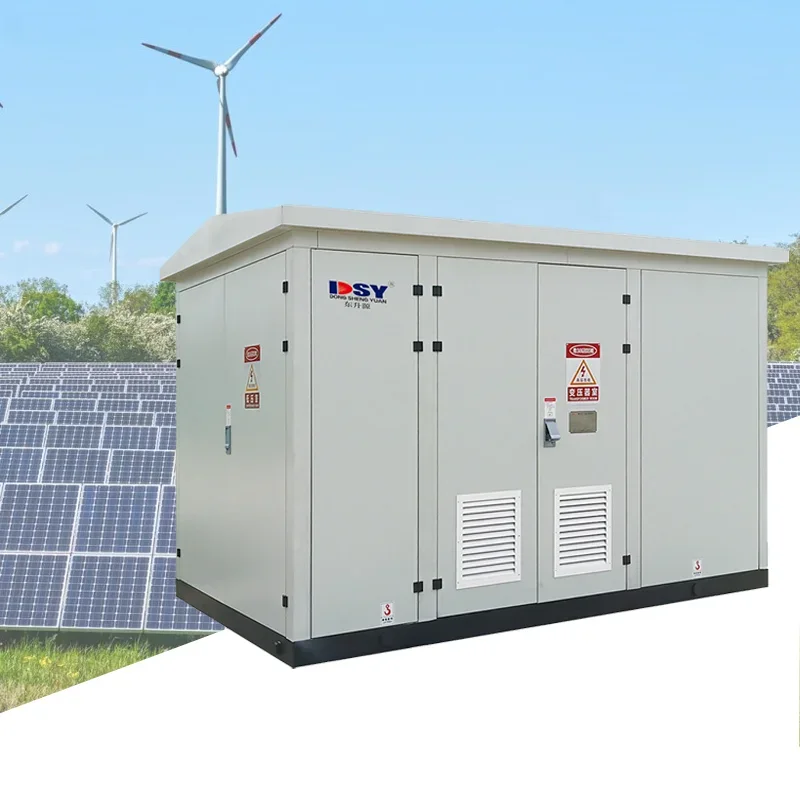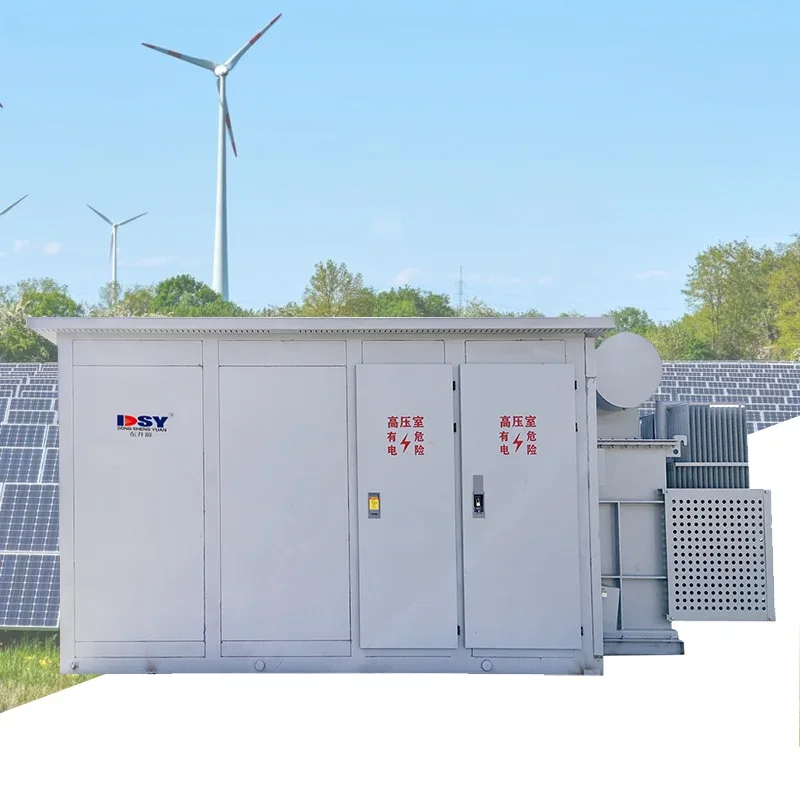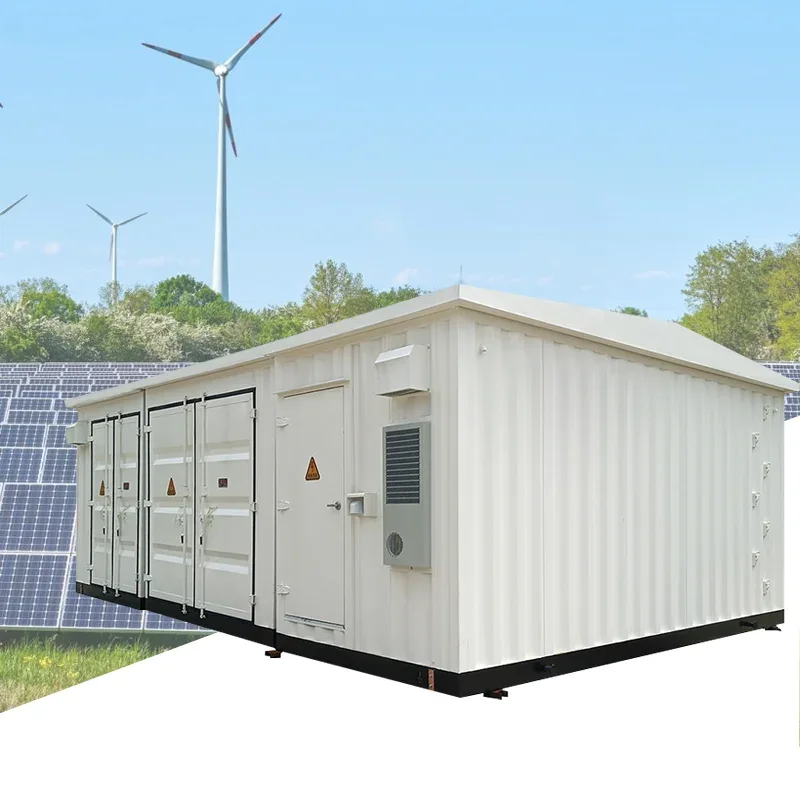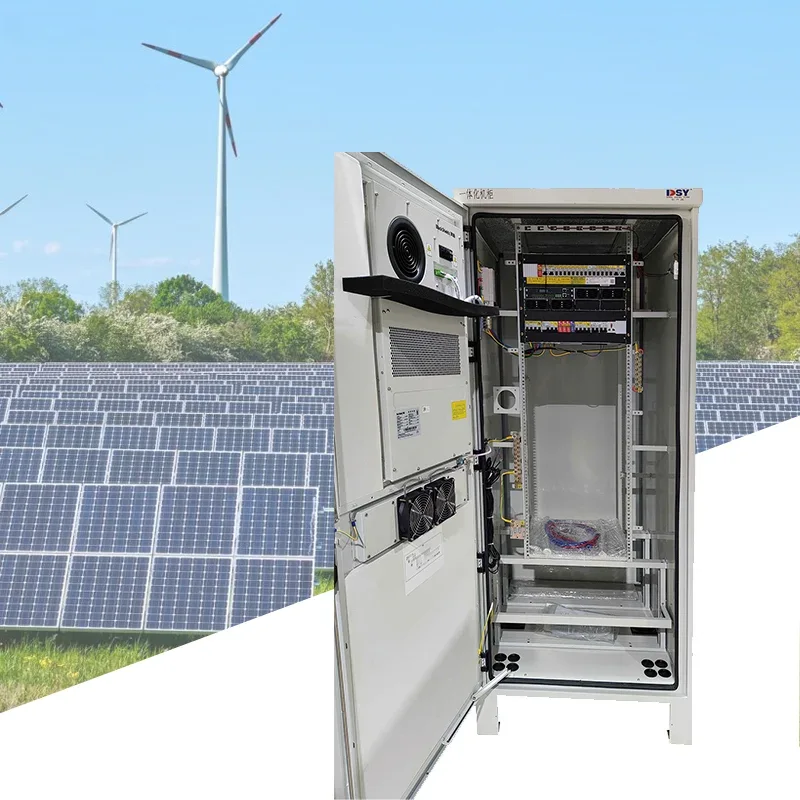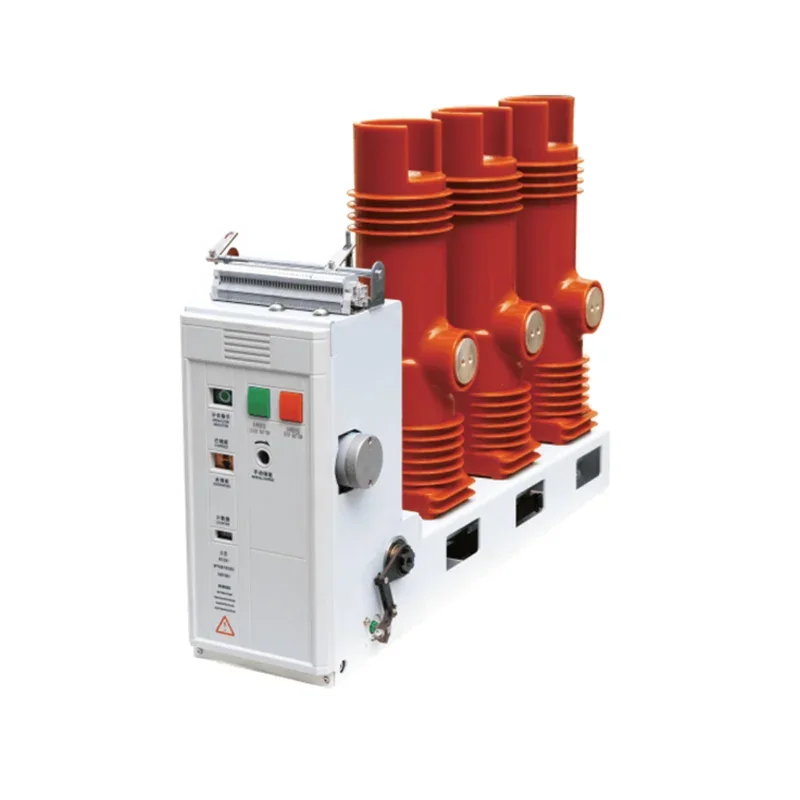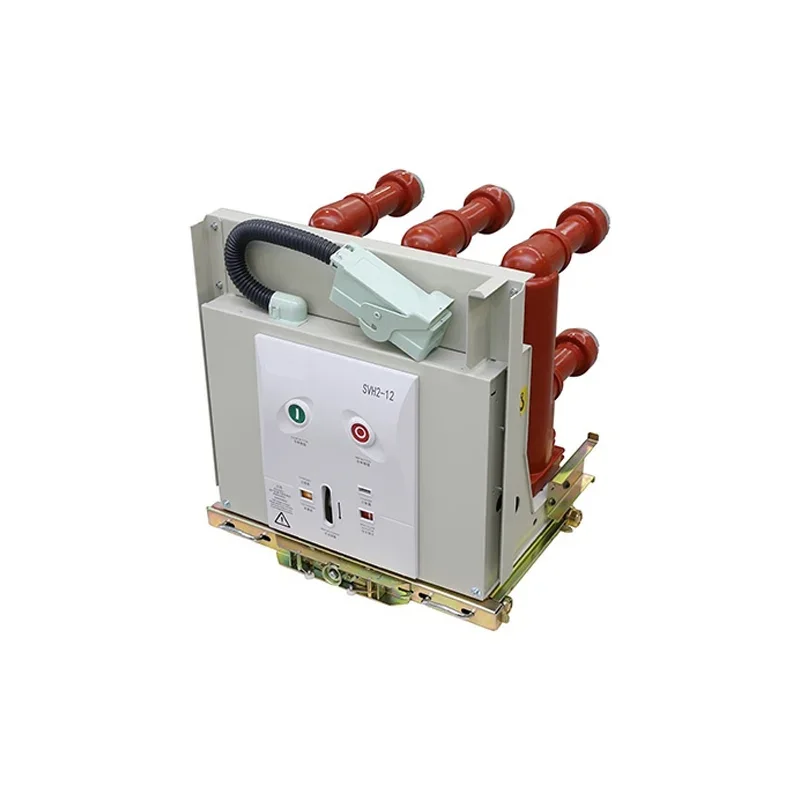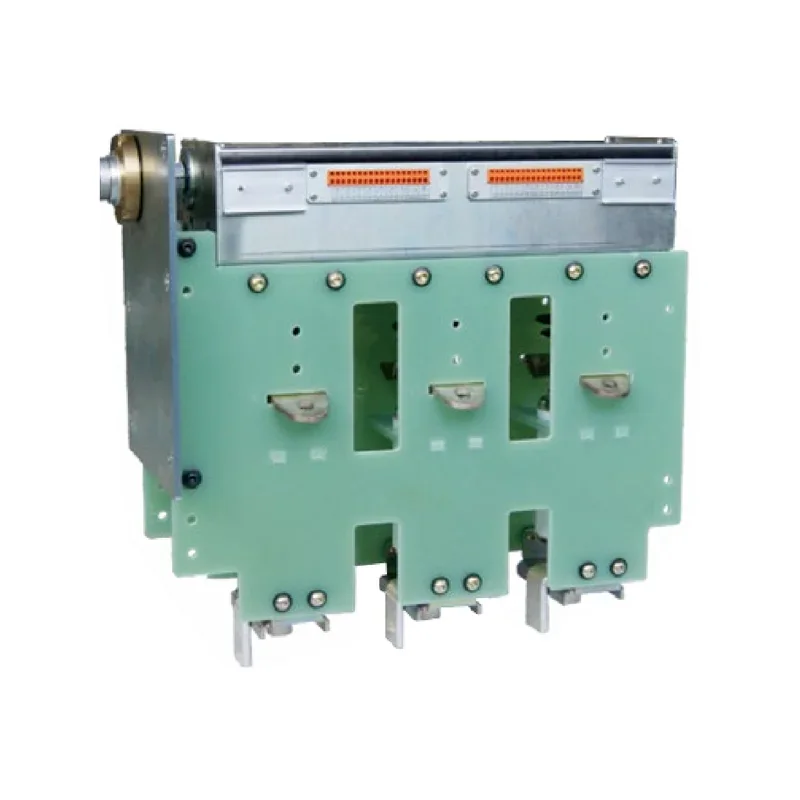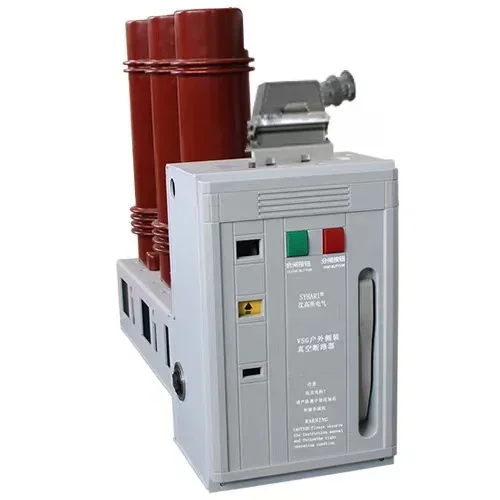Understanding Switchgear and Switchboards: Key Components for Low Voltage Electrical Systems
Switchgear and switchboards play a vital role in the realm of low voltage electrical systems, functioning as the central nervous system that regulates electrical distribution and enhances safety across various applications. Understanding these components is crucial for electrical professionals involved in the design, installation, and maintenance of low voltage circuitry. Switchgear refers to a co
Jul 26,2025
Switchgear refers to a collection of devices that control, protect, and isolate electrical equipment. It encompasses a wide range of apparatus, including circuit breakers, fuses, and relays, which work in unison to ensure the safe operation of electrical installations. By enabling isolation during maintenance and protecting circuits from overloads and faults, switchgear enhances the reliability and efficiency of electrical systems.
On the other hand, switchboards serve as the interface between the power source and the load. These units house multiple switches and circuit breakers that facilitate the distribution of electrical energy to various circuits within a facility. Equipped with control instruments, meters, and indicators, switchboards allow operators to monitor and manage electrical flow effectively. Properly designed switchboards can help streamline operations and improve overall energy efficiency.
In terms of installation, both switchgear and switchboards must adhere to specific standards and regulations to ensure safety and functionality. Professionals should familiarize themselves with local codes and industry standards, such as those set by the National Electrical Manufacturers Association (NEMA) and the Institute of Electrical and Electronics Engineers (IEEE). This knowledge can significantly reduce risks associated with electrical hazards and ensure compliance with safety protocols.
Moreover, maintenance is a key factor in extending the lifespan of switchgear and switchboards. Regular inspections, testing, and cleanings are essential to detect potential issues before they escalate into costly failures. Implementing a proactive maintenance schedule not only enhances operational reliability but also promotes safety within the workplace.
Finally, as technology advances, the integration of smart technologies into switchgear and switchboards is becoming increasingly prevalent. Features such as remote monitoring, automation, and predictive maintenance capabilities can significantly improve operational efficiency and data-driven decision-making. Electrical professionals should stay updated on these innovations to remain competitive in the industry.
In conclusion, switchgear and switchboards are indispensable components of low voltage electrical systems. By understanding their functions, adhering to safety standards, maintaining them regularly, and embracing technological advancements, professionals in the electrical engineering field can optimize their performance and contribute to safer, more efficient electrical installations.
PREVIOUS:
Related News
From June 5th to 8th, 2025, Shenzhen Dongshengyuan Electrical Equipment Co., Ltd. (hereinafter referred to as "Dongshengyuan Electric") participated in the Southeast Asia Electricity and Energy Exhibition (SEAPAE) held in Jakarta, Indonesia. During the exhibition, the company highlighted its three core product lines: high-voltage and low-voltage distribution switchgear, intelligent circuit breakers, and environmentally friendly load switches. These products are designed to provide targeted solutions for the high temperature and high humidity environments commonly found in Southeast Asia, as well as the growing demand for new energy access. They have successfully attracted over 200 industry customers for business negotiations.
The difference between circuit breakers and vacuum circuit breakers
Circuit breaker is an abbreviation for pole type circuit breaker. Circuit breakers are also vacuum circuit breakers

